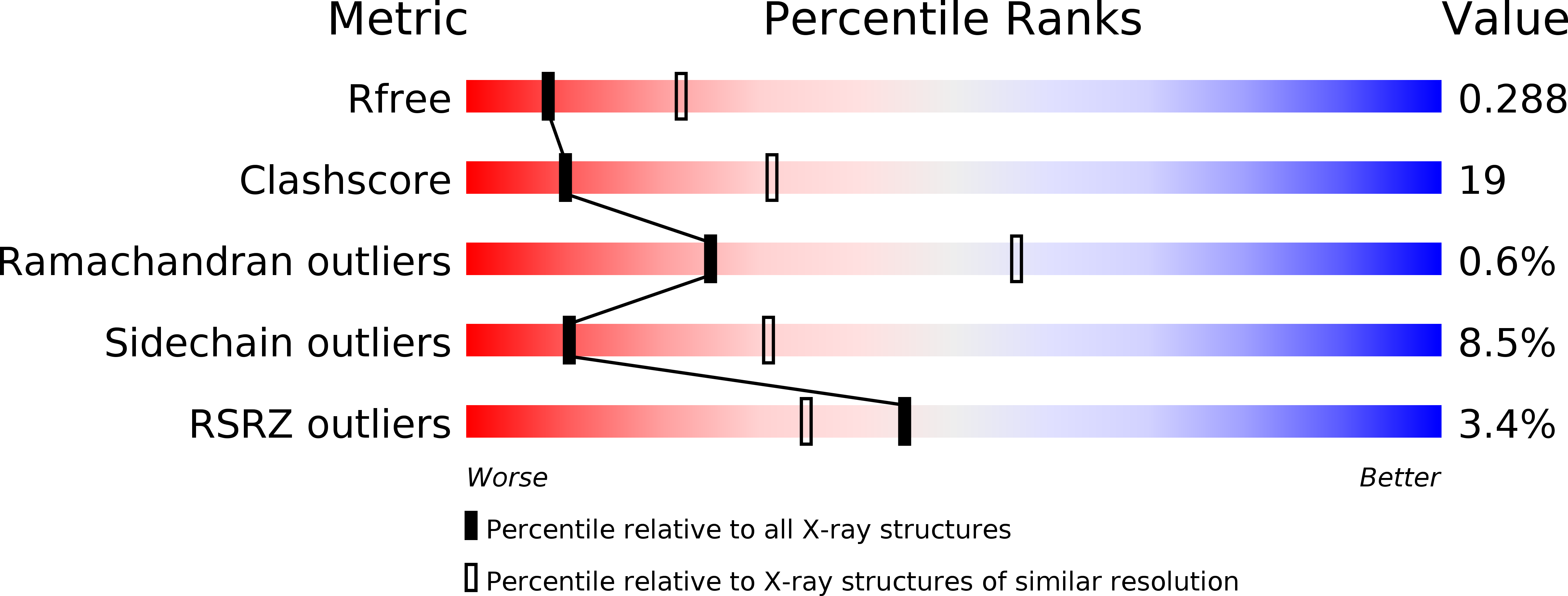
Deposition Date
2003-04-17
Release Date
2003-07-15
Last Version Date
2024-04-03
Entry Detail
PDB ID:
1P3H
Keywords:
Title:
Crystal Structure of the Mycobacterium tuberculosis chaperonin 10 tetradecamer
Biological Source:
Source Organism:
Mycobacterium tuberculosis (Taxon ID: 1773)
Host Organism:
Method Details:
Experimental Method:
Resolution:
2.80 Å
R-Value Free:
0.28
R-Value Work:
0.25
R-Value Observed:
0.26
Space Group:
P 1 21 1


